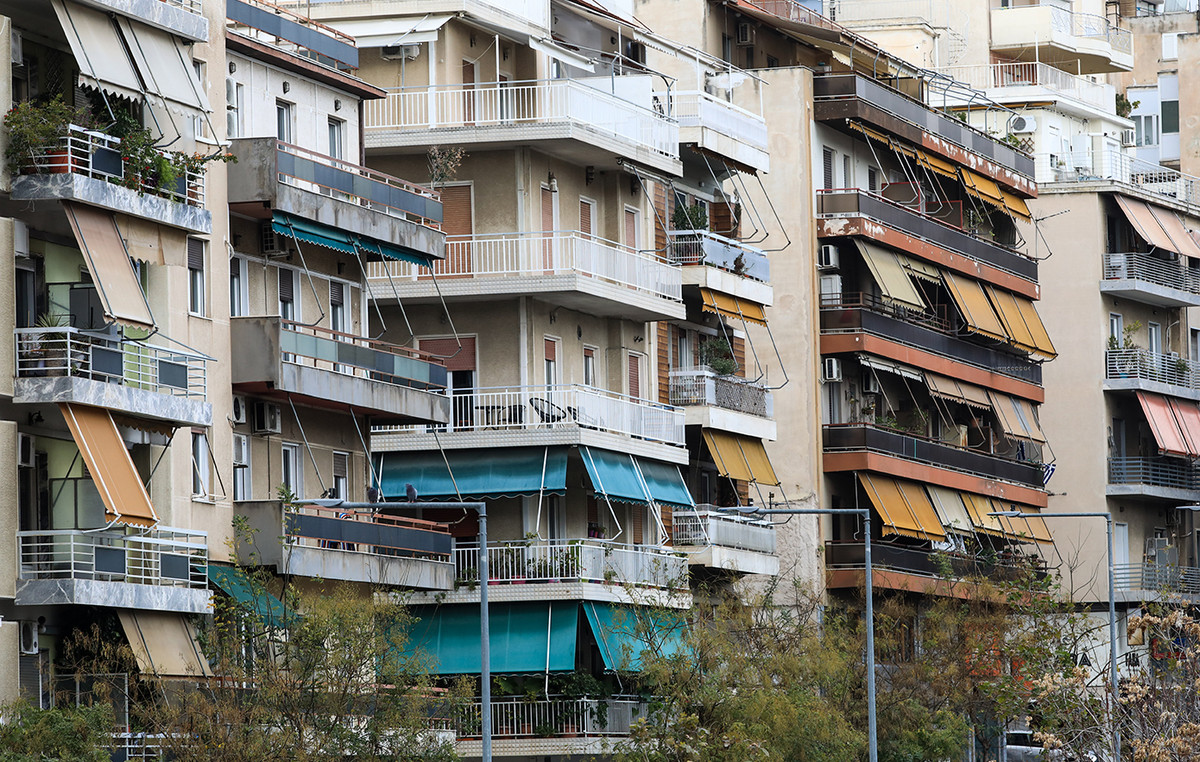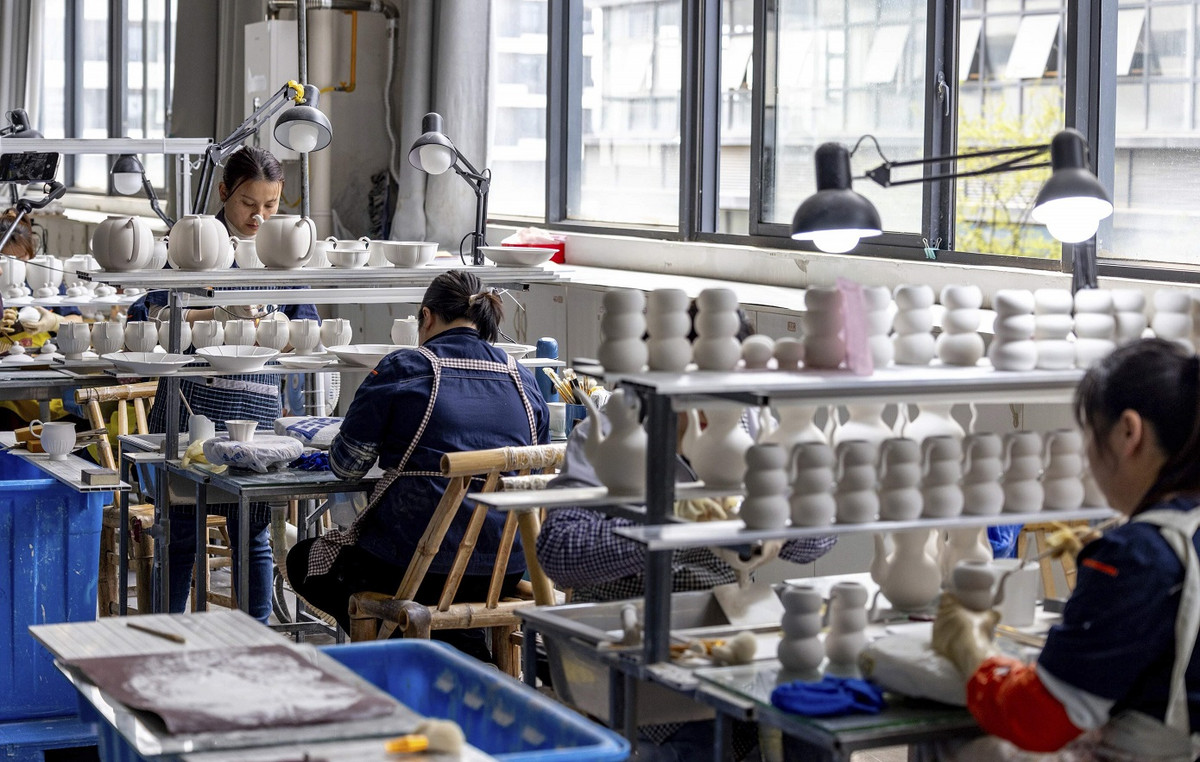A Bolivia doesn't seem like an obvious foodie destination. But the large, landlocked South American country is shaking up the culinary world through top-notch restaurants and transforming food practices pioneered by ancient Inca and Aymara peoples in modern fusion dishes.
The capital, La Paz, has three restaurants – Gustu, Ancestor and Phayawi – currently ranked among the top 100 in Latin America . And more is waiting in the wings. And it's not just La Paz. Bolivia's food revolution has also spread to big cities like Sucre and also the Salar de Uyuni.
The new Bolivian cuisine began about a decade ago, according to Marsia Taha, head chef at Gustu. “There was a generation of new chefs who thought we should be proud of our identity, our culture and our food,” Taha said.
Taha and other like-minded La Paz chefs have united around the concept of “zero kilometer cuisine” – using as many locally raised or grown ingredients as possible and having direct contact with the ranchers or farmers who supply these products.
“By showing that we believe in local products, we are able to show people that Bolivian cuisine can be just as good as food from outside the country,” adds Sebastián Giménez, chef and co-owner of Ancestral.
Revolutionizing Bolivian cuisine
It's no surprise that Gustu has been considered one of the continent's elite dining destinations since it opened its doors in 2013.
Co-founder Claus Meyer is a Danish culinary legend who helped create the Nordic food movement in Noma restaurant, with three Michelin stars in Copenhagen, and Gustu is always mentioned among the best restaurants on the continent.
Combining Bolivia's traditional ingredients and food culture with the contemporary Nordic model, Taha and Meyer have created a gastronomic melting pot that truly lives up to its name (gustu means “delicious” in the Quechua language of the Andes).
Signature dishes include raw Lake Titicaca trout with mango; llama with Amazonian vanilla and ajipa root; Amazonian fish with golden blackberries and fermented cassava; and an out-of-this-world lamb tamale.
Taha says that even after a decade in business, she and the other chefs at Gustu are able to keep the concept fresh by traveling around Bolivia to learn about new ingredients and eating practices. “Learning how people cook, how they grow their food and so on. We also give our chefs a lot of freedom to come up with new ideas.”

Variations on the theme
Located in the trendy Achumani neighborhood on the south side of La Paz, Ancestral occupies a cozy basement with floor-to-ceiling windows overlooking a sunken garden. The food is New Bolivian with Basque and Nordic tones, but the concept is open fire or parrilla-style cooking that revolves around the grill and wood-fired oven.
“We were inspired by Bolivia’s biodiversity,” says chef Sebastián Giménez. “We have jungle, valleys, highlands and very high places. We are also inspired by local products and techniques. We only use Bolivian products and we only serve Bolivian wines.”
But don't expect traditional Andean or Amazonian dishes. Ancestral offers a delicious fusion of old and new in offerings like chuletón ribeye steak, trout ceviche with grilled corn and sweet potatoes, and braised pork porchetta with Bolivian tubers and red aji sauce.
Manq'a takes another direction. Rather than fine dining, the atmosphere is decidedly casual, tables spread across three floors of an old wooden house in the bohemian Sopocachi neighborhood of central La Paz.
It's especially busy at lunch, a mix of local shoppers, politicians, students and the occasional tourist enjoying dishes like soup de maní (peanut soup), cheese au gratin and native potatoes with humacha sauce, tender roasted keperí beef from eastern Bolivia and catfish surubi from the Amazon served with quinoa, tucupi cassava and edible flowers.
Devil's Food
Chefs at these top-notch restaurants don't have to look far for basic ingredients. Many of the components of their fusion foods are native to the valleys and foothills of the Andes, which stretch along the western side of Bolivia from Lake Titicaca to Argentina.
More of 4,000 types of potatoes they are cultivated in Bolivia and its Andean neighbors, many of them found in just one small valley. They come in several slightly different shapes, sizes, colors, and flavors.
Even more than potatoes, Bolivians enjoy their quinoa. The country has more than 3,100 varieties of quinoa which, contrary to popular opinion, is actually the seed of a flowering pseudocereal plant, not a true grain.

An exhibit at the new visitor center in the silver mining town of San Cristóbal highlights that Spanish conquistadors and priests considered quinoa the “Devil’s food” and banned its consumption as a way of controlling local indigenous peoples.
Five centuries later, NASA declared quinoa “the perfect food for growing in indoor greenhouses” during long journeys in outer space due to its resistance to adverse conditions (such as growing in the Andes), versatility and high protein content.
No longer maligned as Satan's feast, it is also an ideal ingredient for the new wave of Bolivian cuisine.
Chef Tania López also uses the term “zero kilometer cuisine” to describe Tika’s menu. Among its signature dishes are sun-dried shredded llama meat with local white cheese and spicy yellow pepper sauce, bubbly k'alaphurka corn soup, and lake trout fillets in a basil pesto “lagoon” with savory risotto. quinoa.
López says one of the closest dishes to what the Incas may have eaten is potojchi llama. “It takes longer to prepare than beef,” she explains of a succulent dish reminiscent of goulash. “We still do it the traditional way from many centuries ago – heated on lava rocks.”
Dishes that the Incas never tried — but would probably love — are Tika's homemade desserts, especially the quinoa and purple corn ice creams.
Tika also offers sophisticated takeout, meals for a remote picnic that guests can prepare on their own or on a 4×4 adventure with Hidalgo Tours, which sets up a table, chairs and bar in a remote location in the middle of the salt flat.
But that doesn't mean that Bolivia's food revolution has reached every nook and cranny.
An hour's boat ride from the mainland, in the middle of Lake Titicaca, Isla del Sol (Island of the Sun) is the legendary cradle of the Inca civilization and a place still deeply rooted in the Andean past.
On its open-air terrace overlooking the water, the island's Tacana restaurant serves a traditional pachamanca lunch that includes llama, lake fish, potatoes, corn and other locally sourced dishes – not unlike what Inca rulers would have had. eaten during their pilgrimages to the island more than 500 years ago.

Source: CNN Brasil
Johanna Foster is an expert opinion writer with over 7 years of experience. She has a reputation for delivering insightful and thought-provoking articles on a variety of subjects. Her work can be found on some of the top online news websites, and she is currently lending her voice to the world stock market.







